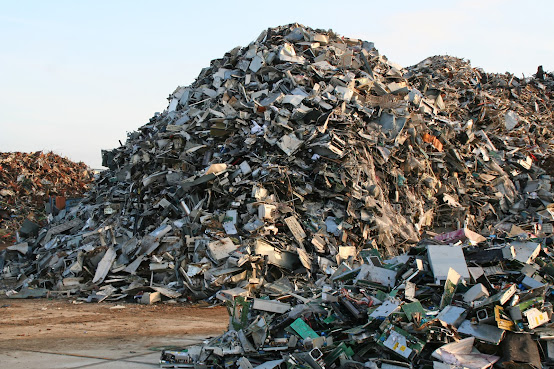Reasons Why Scrap Metal Prices Vary from One Location to Another
Hello, savvy scrappers and curious readers! Ever wondered why the piece of scrap metal in your hand might fetch a different price if you were a few states over?
It’s a puzzling situation, but fear not! Today, we’re diving deep into scrap metal prices Melbourne and exploring why they can vary so dramatically from one location to another.
Buckle up, because this journey through the scrap metal industry is full of twists, turns, and valuable insights!
1. The Role of Local Market Demand
Local market demand plays a massive role in determining scrap metal prices. Simply put, if your area has a high demand for certain types of metals (think industries that rely heavily on aluminium, copper, or steel), the prices offered by local scrap yards are likely to be higher.
For instance, if you live near an automotive manufacturing hub, the demand for steel and aluminium might boost the prices you can get locally.
2. Proximity to Recycling Facilities and Smelters
Location, location, location! It’s not just a mantra for real estate but also crucial for understanding scrap metal prices. The closer you are to recycling facilities and smelters, the less it costs to transport the metal, and the better price you can potentially receive.
Transportation costs are a significant factor for scrap yards when pricing their materials. A yard far from a smelter will often pay less for scrap metal because they need to cover higher shipping costs.
3. International Trade Policies
In today's global economy, scrap metal prices Melbourne are not just influenced locally but also by international trade dynamics. Changes in tariffs, trade agreements, and international relations can affect how much scrap metal is flowing into and out of a country, thus influencing prices.
For example, if a new tariff is imposed on metal imports, domestic prices may rise, benefiting local sellers but potentially hurting manufacturers who rely on cheaper, imported metals.
4. Supply Fluctuations
Just like any market, the principles of supply and demand drive scrap metal prices. If there’s an abundance of scrap metal being turned in, perhaps due to a major demolition project or an increase in manufacturing waste, the local prices may drop due to the glut.
Conversely, when there’s a shortage, prices might soar. Keeping an eye on local industry activities can give you clues about how supply might be changing.
5. Seasonal Changes
Believe it or not, even the time of year can affect scrap metal prices. Certain times may see an increase in construction and manufacturing, leading to more scrap availability and possibly lower prices.
Winter, especially in colder regions, might slow down construction and decrease the scrap supply, leading to higher prices. Understanding these trends can help you choose the best time to sell your scrap.
6. Currency Fluctuations
The strength of the local currency also influences scrap metal prices. In countries where the currency weakens, it might be cheaper for foreign buyers to purchase scrap, potentially driving up local prices. Conversely, a strong currency might make it more expensive for others to buy, reducing demand and pushing prices down.
7. Environmental Regulations
Lastly, stricter environmental regulations can lead to increased processing costs for scrap yards, which might affect the scrap metal prices they can offer.
In areas with rigorous environmental controls, processing scrap metal could require more sophisticated and expensive technology to prevent pollution, which might reduce the yard’s profitability and impact the prices offered to sellers.
Conclusion
To conclude, while the world of scrap metal might seem straightforward at first glance, scrap metal prices Melbourne are influenced by a fascinating and complex array of factors that vary from one place to another.
By understanding these influences, you can become a more informed seller or just an incredibly knowledgeable conversationalist at your next dinner party! Keep these factors in mind next time you pass by a scrap yard, and you’ll appreciate just how dynamic the world of recycling really is.
Stay savvy, and keep scrapping!



Comments
Post a Comment